5 Types of Sand Used in Home Projects (with Pictures)
-
Jana Blagojevic
- Last updated:
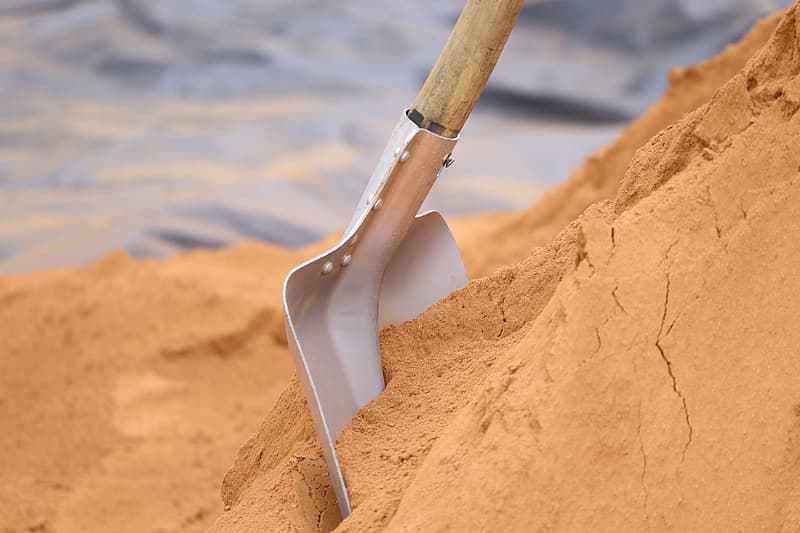
If you are a homeowner or a gardener constantly searching for the next project to try out, we encourage you to experiment with different sand types and create something new and exciting. Various projects around the house will require different sand. Many types of sand can be defined by their color, shape, or purpose; the most common ones are discussed below.

The 5 Types of Sand Used in Construction & Home Projects
1. Coarse Sand
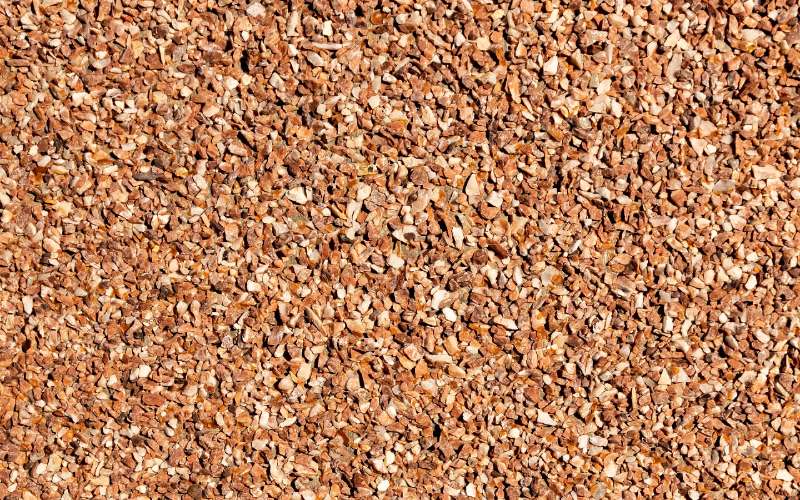
| Common Names: | Pit sand, sharp sand |
| Uses: | Mortars, septic systems, and base materials for concrete slabs, sidewalks, and bedding pipes |
| Appearance: | Red-orange in color with a coarse texture |
Coarse sand, also known as pit sand, is a type of natural sand that comes from pits in soils that are typically 6 to 13 feet deep. This sand is coarser than any other sand type, so it needs screening to eliminate unwanted particles. Coarse sand contains iron oxide, making it orange/red. Its primary uses are using it for mortar, septic systems, base materials for concrete slabs, and sidewalks.
2. Sea Sand
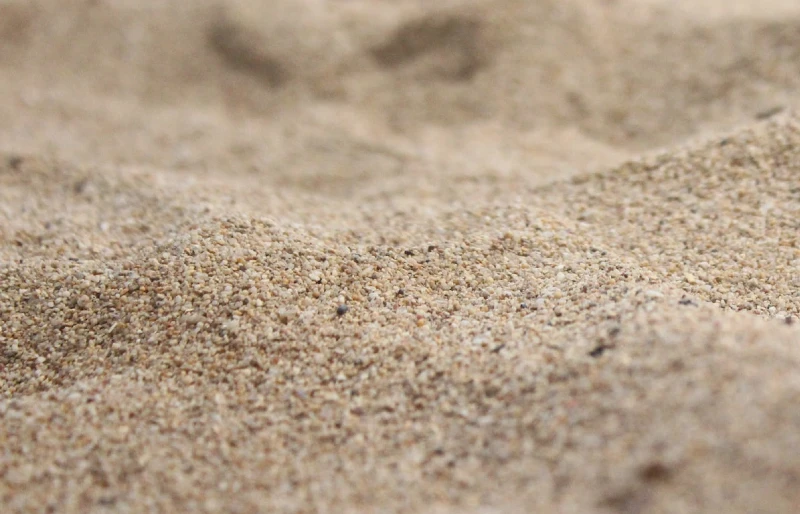
| Common Names: | Washed sand, beach sand, silver sand |
| Uses: | Kid sand pits, patio slabs, jointing panting, recreational areas, and golf bunkers |
| Appearance: | Yellow or brownish in color with a fine texture |
Sea sand, or joint sand, is collected from beaches and coastline areas. It has fine grains and is brownish/yellow in color. Because of the origin of this type, sea sand contains salts that absorb moisture from the atmosphere and can lead to dampness problems. Also, it contains chloride, so it’s prone to corrosion problems. Due to all these features of sea sand, it’s suitable for construction that uses structural steel. Still, it has various uses, such as kid sand pits, patio slabs, golf bunkers, and recreational areas.
3. Artificial Sand
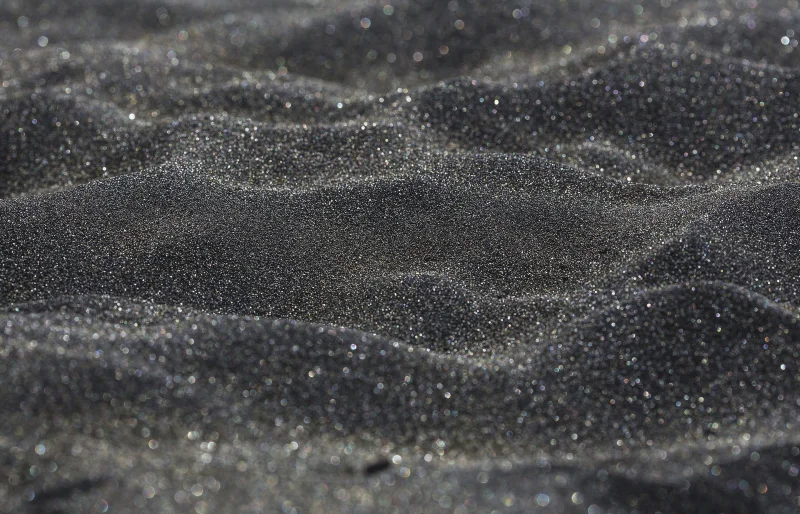
| Common Names: | Manufactured sand |
| Uses: | Building material derivates such as concrete, mortars, tile adhesives, roof tiles |
| Appearance: | Grayish color |
Artificial sand is a type that’s not natural; instead, it’s artificially created. It’s similar to building sand, and it’s affordable, which makes it widely used. Manufacturers often produce artificial sand by crushing granite or basalt rock, which is why this sand is grayish in color. The grains are similar to river sand. This sand is rare, and there’s a short supply of it.
4. Fill Sand

| Common Names: | Utility sand |
| Uses: | For filling large holes and trenches and laying a base beneath concrete or pavement |
| Appearance: | White, gray, brown, and beige fine sand with coarse particles |
As the name suggests, fill sand is mostly used in construction work for filling. Fill sand is a mixture of tiny sand particles and other aggregates and has fantastic compaction properties. While most particles of the fill sand are fine, coarse particles make it resemble pit sand. These unique features make it ideal for construction work, filling holes and trenches, and laying the base underneath pavements and concrete.
Since fill sand is commonly referred to as utility sand, it is important to note that utility sand also contains high-quality industrial quartz. Since the grain shapes in utility sand are compact, it provides excellent mechanical and compaction properties.
5. Builders Sand
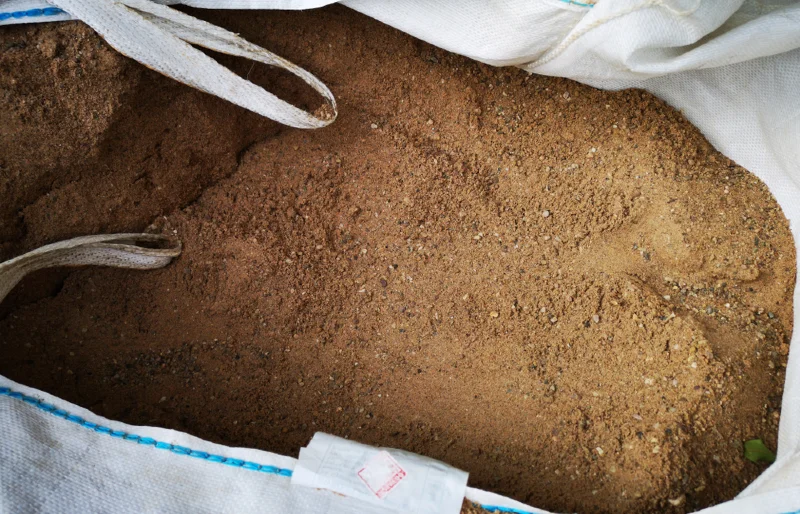
| Common Names: | River sand, mason’s sand |
| Uses: | Detailed construction work, plastering, masonry, and bricklaying |
| Appearance: | Grayish or white color, with smooth and rounded grains |
Builder’s sand is entirely different from the rest due to its unique smaller grains. Due to its fine texture, this sand is primarily used in detailed construction work, plastering applications, and bricklaying work. It is also called river sand because it is usually collected from river banks. It can appear in many earthy tones, although it is most commonly greyish or white.

Other Types of Sand
Other than a few most common sand types worldwide, several additional categories can help you differentiate sand better. It can be split into several dominant colors and sources of extraction.
- Natural
- Dredged
- Manufactured
Depending on the sand’s source, it can be split into three groups. The natural sand comes from all natural environments, such as riverbanks, riverbeds, or beaches. The dredged sand is created through excavation when larger stones are crushed. Manufactured or artificial sand is man-made or machine-made and comes from large rocks which are crushed into sand and processed for a desired use.
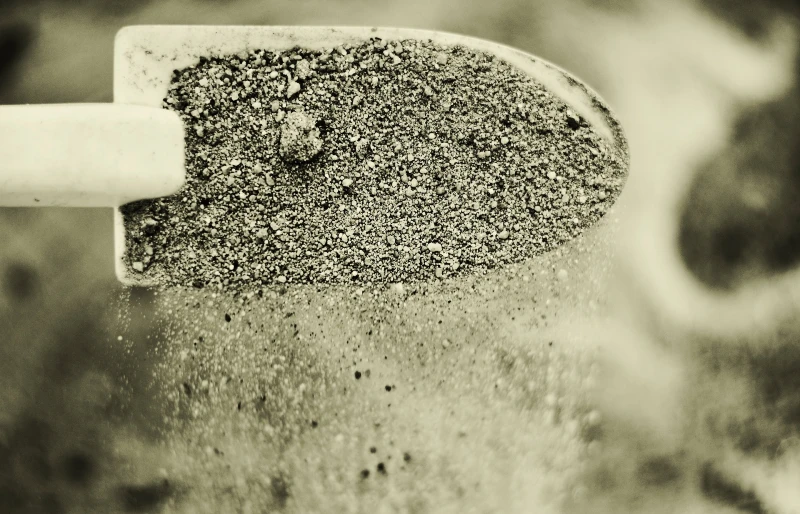
- White sand
- Black sand
- Gray sand
- Pink sand
When you think of the sand’s color, you may have only seen a few types. Most sand types are grayish or reddish, although there are decorative types that come in pink shades.
White sand is used for most construction projects. It is classified as quartz sand and has the name silica sand. Black sand comes from specific regions with regular fires or volcanoes. It is commonly used in the cosmetics, plastics, rubber, concrete, and paint industries. Gray sand is the most typical form and color and can be found in almost every city. Pink sand is often used in concrete and has a reddish tint. It is also called Coral sand and has a uniquely fine texture.

Conclusion
After reading about the various sand types, you will soon become a true expert in recognizing sand in nature. This new knowledge will benefit you, especially if you are a gardener or are planning to remodel or redesign your garden, balcony, driveway, or patio.
Featured Image Credit: manfredrichter, Pixabay
Contents
